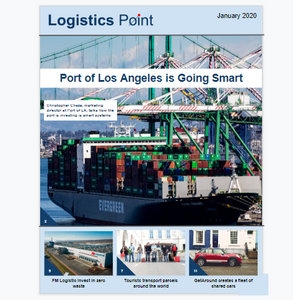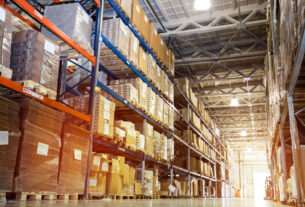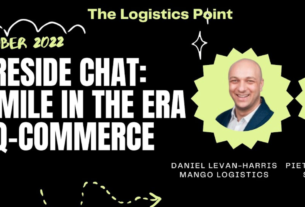Axion recycle plastics that would usually go to landfills and create added value for manufacturers.
Recycling has become a widespread practice but how many of us understand the process and are able to say they know what happens to the products we put in the bins? Household waste is at the centre of attention but industrial waste, and waste from large household goods, seems to go unnoticed.
READ: The Logistics Point Magazine Jan2020
Industrial waste is bulkier, heavier and potentially harder to recycle and yet pioneering techniques are being used to minimise the negative effect it has on the environment and to incorporate materials recovered from it into the supply chain. Chemical recycling is becoming the new buzzword and many claim it could solve the problems that have long made the fight against waste look like a lost cause. One of the companies that successfully turns large waste materials into useful products by recycling is Axion.
Recycle this and that
Created in 2002 Axion has built its operations on the basis that recycled plastic can create value throughout the supply chain. The company has two plants based in Manchester and is recognised as one of the leading recycling firms of its kind in Europe. Axion primarily processes Automotive Shredder Residue (ASR) and works together with its parent company, S. Norton a leading metals recycler. The infeed material that S. Norton receives comes from various metal rich materials such as cars, washing machines, vacuum cleaners, construction waste and even bicycles. They accept a range of metal waste including End of Life Vehicles (ELV), domestic metal waste, construction waste and Waste Electronic and Electrical Equipment (WEEE).
The biggest challenge is separating all the materials contained in them so that the plastic-rich materials can be recovered and recycled. As the UK scrap metal market is around 12 million tonnes per year, S. Norton has a steady supply of infeed material. Axion takes the “non-metal” fraction and recovers various products, including plastics.
‘The recycling process begins with the collection of the metal waste from householders. This can be through Household Waste Recycling Centers (HWRCs) or direct collections,’ explains Richard McKinlay, Head of Consulting at Axion. ‘This is transported to the S. Norton metal recycling site, where it is shredded and the metal recovered. The non-metal is then processed by Axion using various mechanical separation processes to concentrate up and separate plastic from other materials such as fluff and glass. The plastic can be further sorted to recover Polypropylene and ABS polymers for compounding.’
Landfill diversion
Plastics account for up to 20% of the content of motor vehicles and up to 30 to 40% of some waste electrical goods. In the past that would all have gone to landfill but Axion believes that the process they use recovers these…
DOWNLOAD OUR FREE MAGAZINE – Out 20th January 2020
#Axion #wastemanagement #recycling #chemicalrecycling #RichardMcKinlay
**
Richard McKinlay leads the consultancy division of Axion and works to deliver projects in the Circular Economy and Resource Recovery sector. He has deep technical knowledge and experience from working on projects in the recycling and resource recovery industry and the development of new consultancy activities. He has published multiple articles on the topic of recycling, the value it can bring and how processes can be improved.


